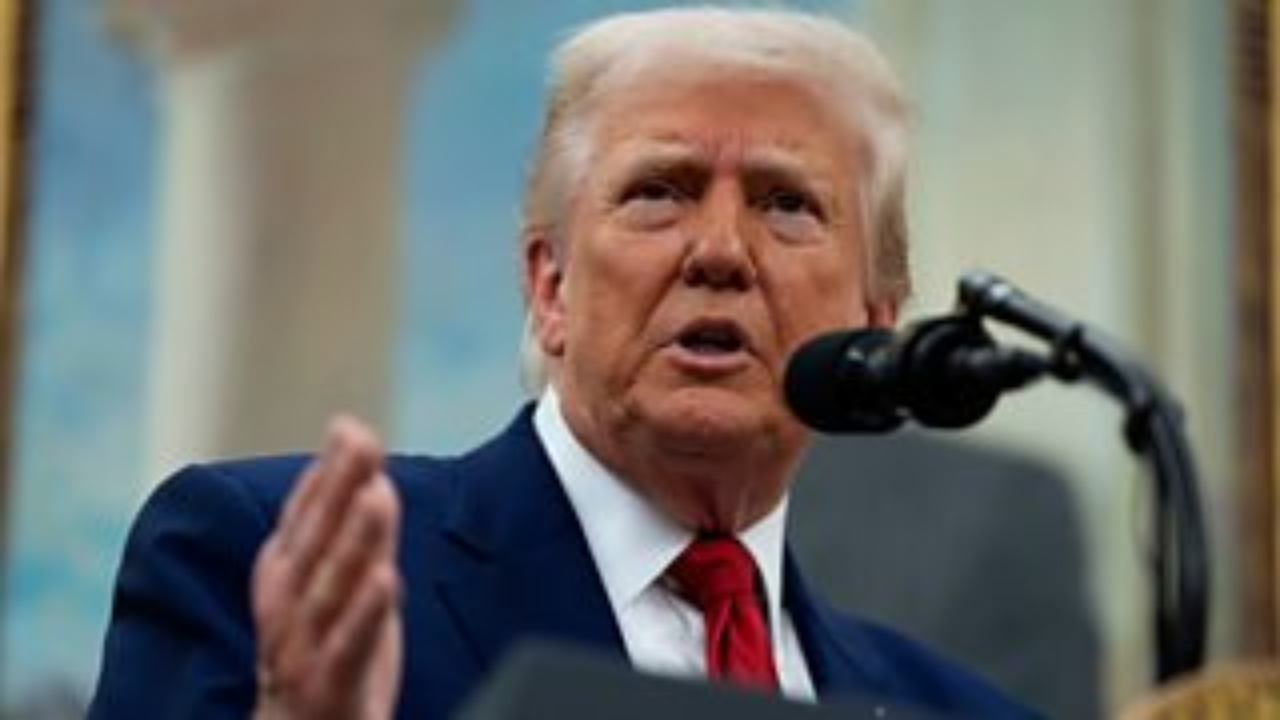In a significant legal twist, former President Donald Trump’s sweeping tariffs remain in effect after a federal appeals court decided to temporarily halt a lower court ruling that would have scrapped them. This decision preserves a major pillar of Trump’s trade agenda, at least for now—but it also opens up broader questions about presidential power, congressional oversight, and economic stability.
The court drama stems from the U.S. Court of International Trade’s earlier decision that found Trump’s use of the International Emergency Economic Powers Act (IEEPA) to impose tariffs was an overreach. However, the ruling has been put on hold while the government appeals, keeping the tariffs alive in the interim.
This legal battle may seem like a technicality, but it has wide-reaching consequences for the U.S. economy, global trade relations, and millions of American households.
Legal Power Struggle Over Tariff Authority
The lower court ruling challenged Trump’s broad interpretation of the IEEPA, arguing that the law doesn’t give the President unchecked authority to impose tariffs. Trump used this power during his term to apply broad tariffs on goods, including steel and aluminum, citing threats to national security.
The appeals court decision to pause that ruling means the tariffs stay put until a final legal decision is made. Legal experts suggest the issue may eventually reach the U.S. Supreme Court, setting the stage for a defining moment on the limits of presidential power in trade matters.
In the meantime, Congress is not staying silent. Lawmakers are pushing for the Trade Review Act of 2025, a bipartisan bill that would require the President to notify Congress of any new tariffs and get approval within 60 days to extend them. This could shift the trade power balance more firmly toward the legislative branch.
What It Means for the Economy
While the legal gears turn, the economic implications are already being felt. According to the Penn Wharton Budget Model, Trump’s tariffs are projected to reduce long-term GDP by nearly 6% and decrease average wages by 5%. For a middle-income household, that’s a projected lifetime loss of around $22,000.
On the flip side, the tariffs could generate over $5.2 trillion in revenue over 10 years—but experts caution the economic drag may outweigh those gains.
In everyday terms, tariffs often lead to higher prices for imported products—meaning consumers pay more for everyday goods. Businesses, too, are feeling the pinch, with many delaying new product launches and adjusting supply chains to deal with the uncertainty.
U.S. Businesses Demand Stability
For American businesses, this back-and-forth is a logistical nightmare. The unpredictable nature of tariff rules makes it difficult to plan production, investment, or pricing strategies. Companies have called for a clear resolution to the legal battles and more stable trade policies moving forward.
Executives in sectors like manufacturing and agriculture—many of whom initially supported Trump’s trade moves—are now vocal about the need for a rules-based approach to international commerce.
Global Trade Tensions Could Escalate
On the international front, these tariffs have complicated relationships with allies like the European Union, Canada, and Japan. Several nations had initially retaliated with tariffs of their own, and they may renew such measures if the U.S. continues unilateral trade actions.
Trade negotiators worry that if the legal uncertainty continues, it could weaken America’s credibility in future talks and slow down any progress in resolving long-standing trade disputes.
The Trump administration is preparing to appeal to the Supreme Court if necessary, and in the meantime, may explore alternative legal paths to maintain or even expand tariff powers. This could include relying on older trade laws that offer narrower but still potent powers.
As Congress debates the Trade Review Act, and courts weigh the future of presidential trade authority, American consumers and businesses remain caught in the middle of a high-stakes tug-of-war.


